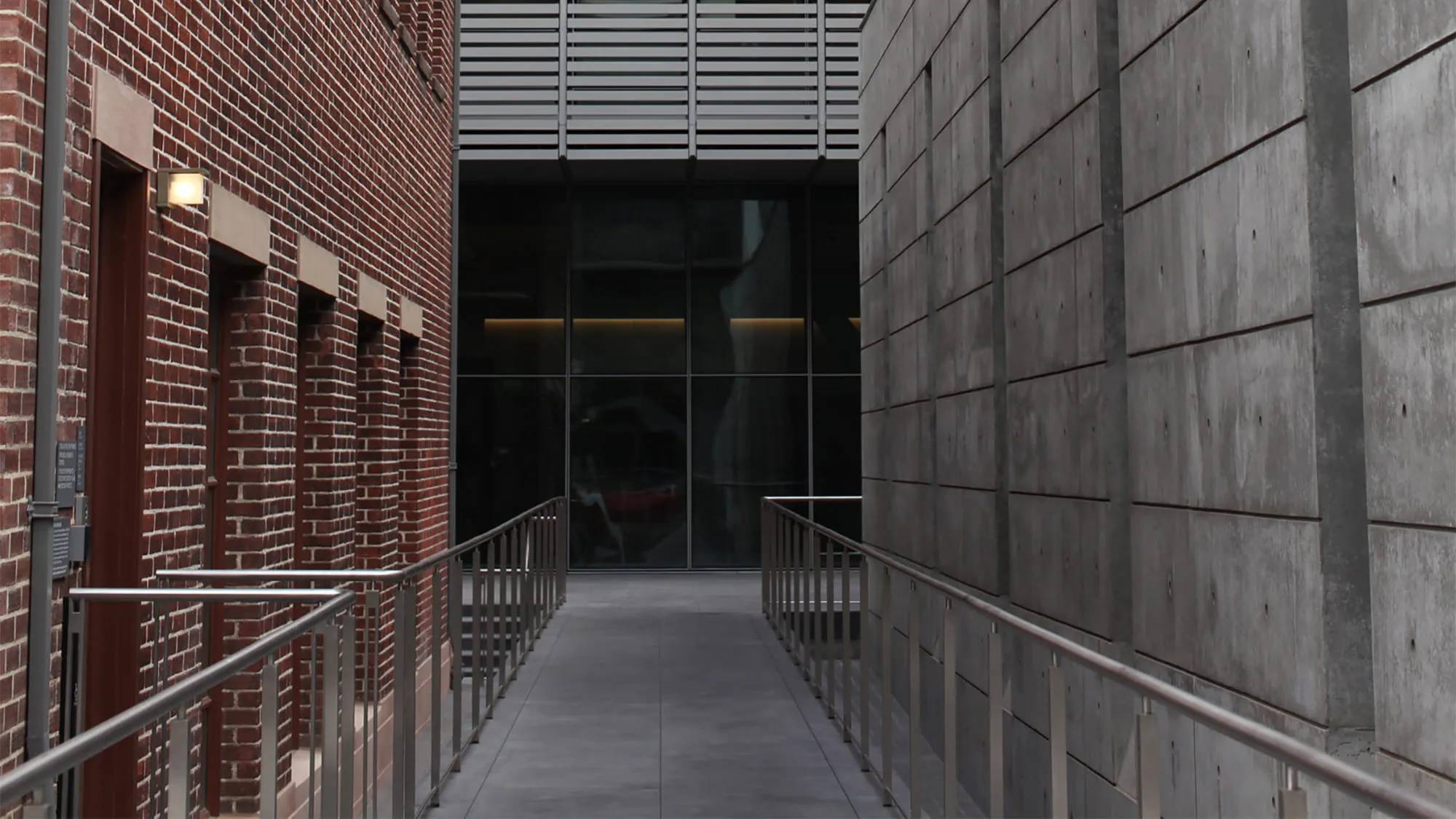The new 264,000ft2, $243m Public Safety Building is owned by the City and County of San Francisco. It houses the city’s police department’s operational headquarters, the Southern (district) Police Station, and the new Fire Station #4. It wraps around the centrepiece of the neighbourhood — the rehabilitated 6,000ft2 brick fire house that dates back to the 1920’s — which is now home to the fire department’s arson task force. It features a community meeting room and parking garage. The building allows police administrators and officers to move out of the seismically deficient Hall of Justice, which had been its headquarters for more than 50 years. The building was funded by the City’s Earthquake Safety and Emergency Bond of 2010.
Arup and our sub consultants provided mechanical, electrical, and plumbing engineering; façade, daylighting, code and fire/life safety consulting; and structural and IT peer review. The project delivery method incorporated a design assist approach that fostered early collaboration between the design and construction teams. We provided integrated services from the project’s inception through construction to its final commissioning, ensuring full continuity.
Emergency response
Built to modern seismic standards, the Public Safety Building was designed to operate for up to 96 hours off grid, providing police and fire the ability to respond during emergency situations. The blast and ballistic resistant façade incorporates glazing that meets thermal, solar, and privacy performance requirements while achieving the architects’ vision for a naturally lit interior.
The critical emergency response infrastructure is built on a geotechnically complex site within a seismically active zone. To support the building and ensure earthquake safety, 220 pilings were driven 200ft below-ground into bedrock. Two 750kW emergency generators and a central uninterruptible power supply system (UPS) allow a large degree of “business as usual” building operations after a catastrophic event.
 ;
;







